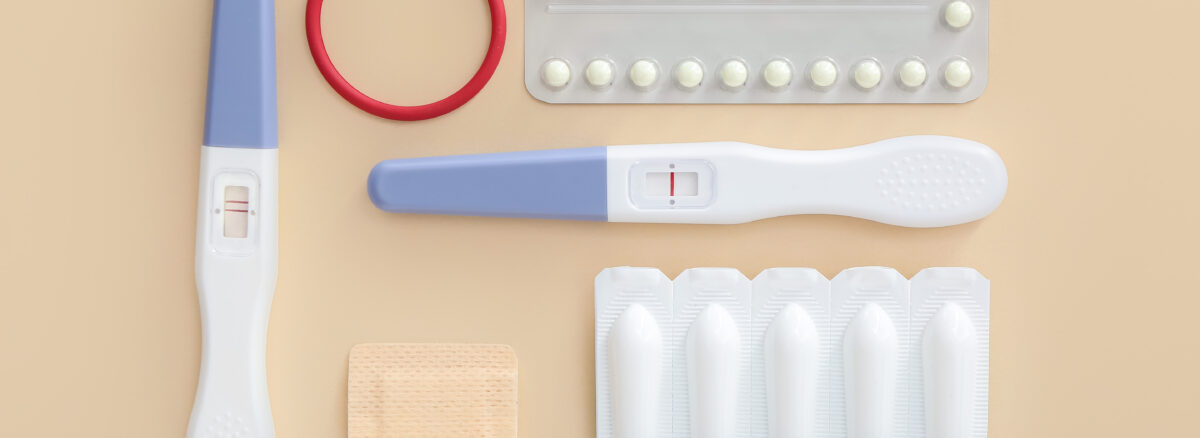Understanding Prescription of Birth Control Pills, Patches, and Rings
Birth control methods come in various forms, and one common category includes hormonal options such as birth control pills, patches, and vaginal rings. These methods are prescribed by healthcare providers to help individuals prevent pregnancy. In this article, we will explore how birth control pills, patches, and rings are prescribed, their mechanisms of action, and considerations for their use.
Prescription of Birth Control Methods
Prescribing birth control pills, patches, or rings typically involves the following steps:
Consultation: Individuals interested in using hormonal birth control methods should schedule a consultation with a healthcare provider, such as a gynecologist, family physician, or nurse practitioner.
Medical History: During the consultation, the healthcare provider will take a detailed medical history, including information about the individual’s overall health, any existing medical conditions, medications currently being taken, and any previous experiences with birth control.
Discussion of Options: The healthcare provider will discuss the available birth control options and help the individual choose the one that best suits their needs and preferences. Hormonal options like pills, patches, and rings will be among the choices.
Physical Examination: In some cases, a physical examination may be conducted to assess the individual’s health and any specific factors that could affect their choice of birth control method.
Prescription: If the individual and healthcare provider agree on a hormonal birth control method, a prescription will be provided. The prescription will include specific instructions on how to use the chosen method.
Birth Control Pills
Mechanism of Action
Birth control pills, often referred to as oral contraceptives, contain synthetic hormones (estrogen and progestin) that work to prevent pregnancy by:
- Inhibiting ovulation (the release of an egg from the ovaries).
- Thickening cervical mucus, making it difficult for sperm to reach and fertilize an egg.
- Altering the uterine lining to prevent the implantation of a fertilized egg.
Considerations
- Birth control pills must be taken daily at the same time to maintain their effectiveness.
- They are available in various formulations, including combination pills (containing both estrogen and progestin) and progestin-only pills.
- Some individuals may experience side effects, and it may take a few months to find the right pill formulation that suits them.
Birth Control Patches
Mechanism of Action
Birth control patches are worn on the skin and release synthetic hormones into the bloodstream, working similarly to birth control pills. They prevent pregnancy by inhibiting ovulation, thickening cervical mucus, and altering the uterine lining.
Considerations
- The patch is typically applied once a week for three weeks, followed by a patch-free week.
- It provides a convenient option for those who may have difficulty taking daily pills.
Birth Control Rings
Mechanism of Action
Birth control rings are flexible, plastic rings inserted into the vagina. They release synthetic hormones and work by inhibiting ovulation, thickening cervical mucus, and altering the uterine lining.
Considerations
- The ring is inserted and left in place for three weeks, followed by a one-week break.
- Some individuals may find the ring more comfortable and convenient compared to daily pills or weekly patches.
Hormonal birth control methods like pills, patches, and rings are effective options for preventing pregnancy when prescribed and used correctly. The choice of method should be based on individual preferences, health considerations, and the guidance of a healthcare provider. It’s essential to follow the prescribed instructions and consult with a healthcare professional for any questions or concerns related to birth control.
Remember that while these methods are effective at preventing pregnancy, they do not protect against sexually transmitted infections (STIs). If STI protection is needed, the use of condoms is recommended in addition to hormonal birth control.


